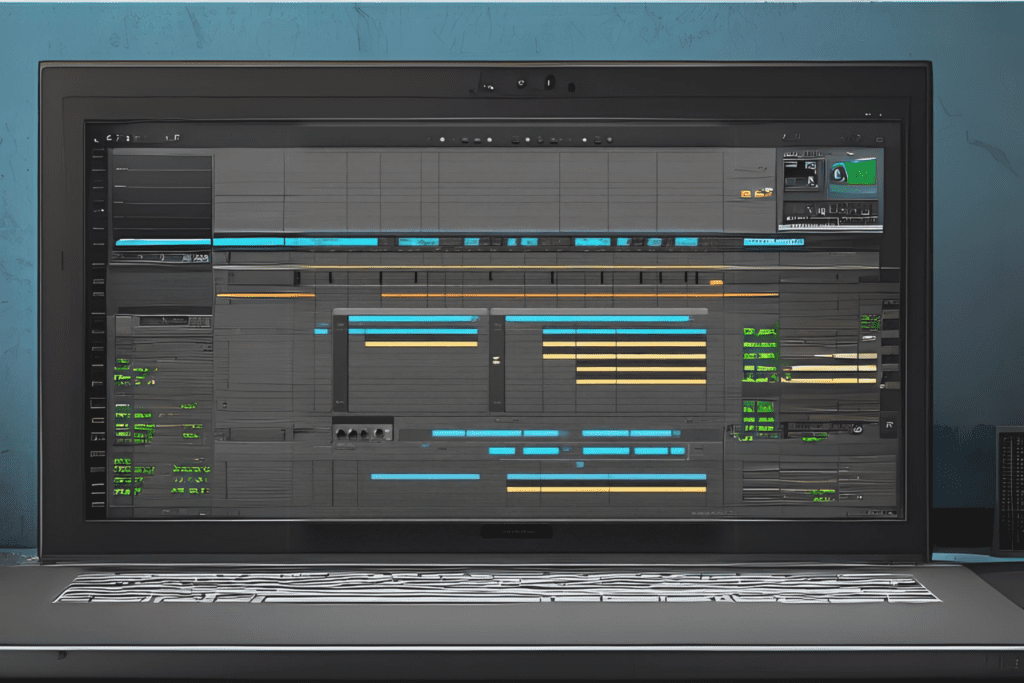

Transitioning from Trance to Melodic House: Why You Should Explore New Genres
If you’re like me, you’ve probably spent years making Trance music. After awhile, it can get old. Especially with genres like Trance where there is a very specific formula to follow and not much room for experimentation. Eventually, you WILL experience burnout at some point and music will start feeling like a chore. One of the best ways I’ve found to get over this roadblock is to try producing other genres. One of those is Melodic House.















